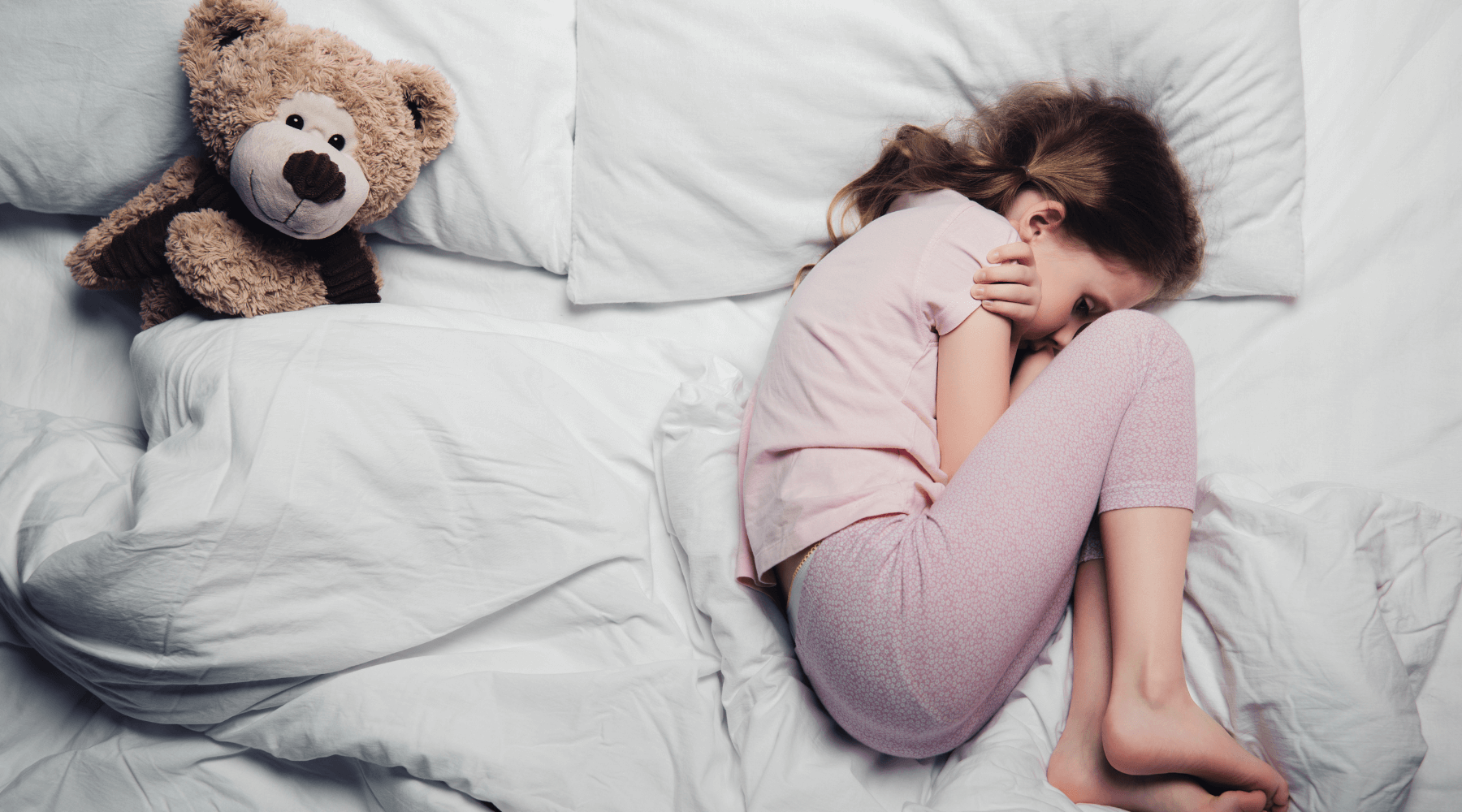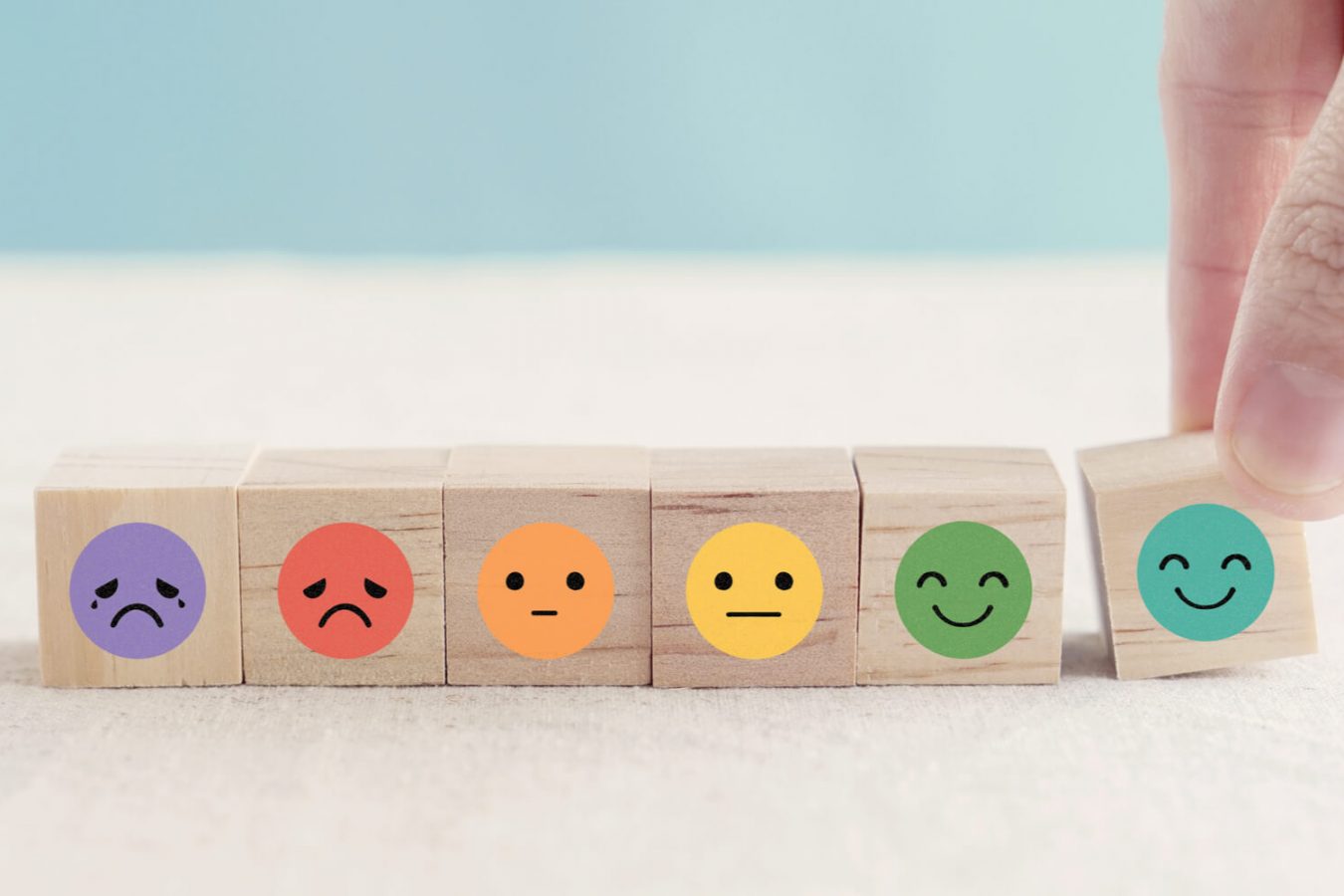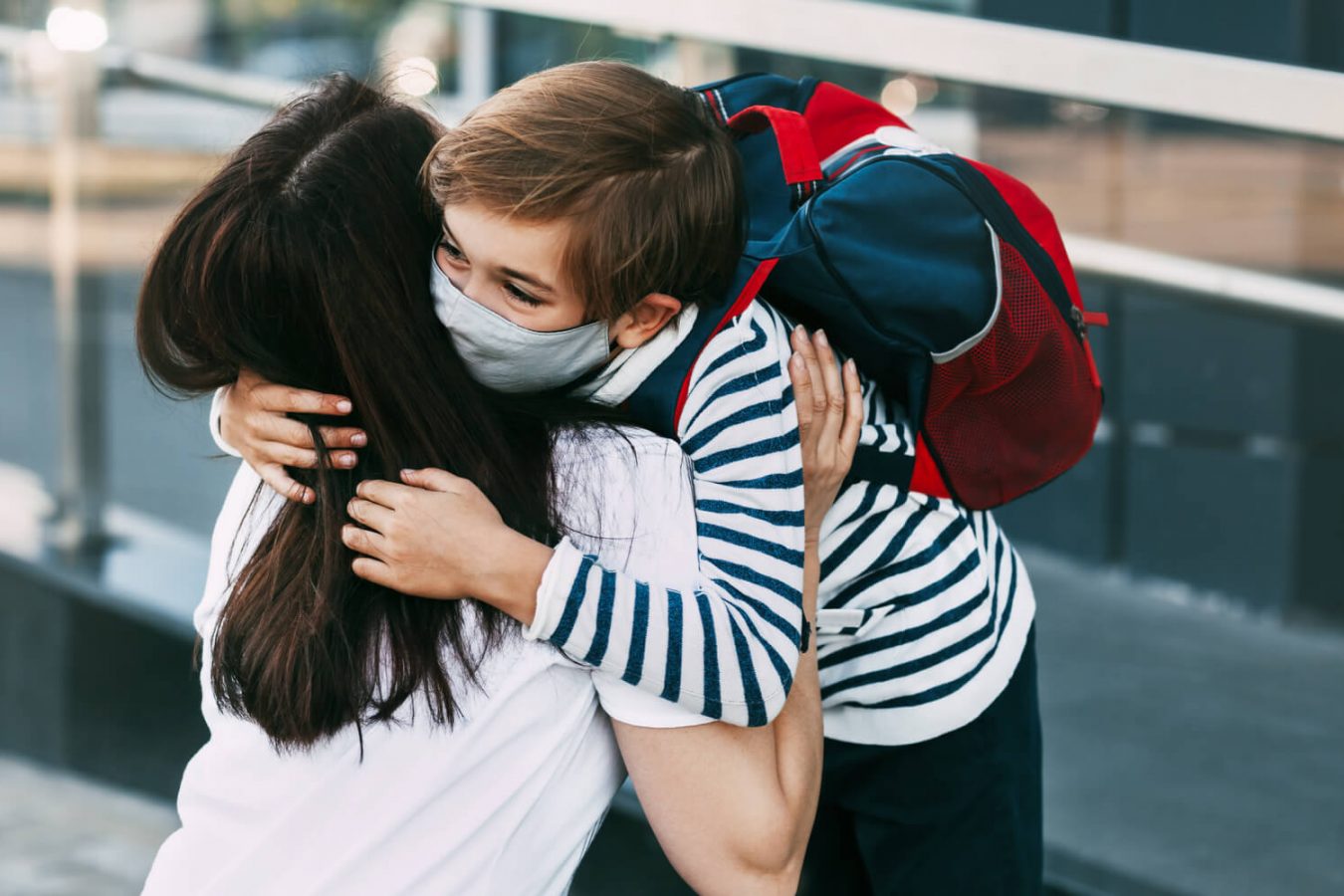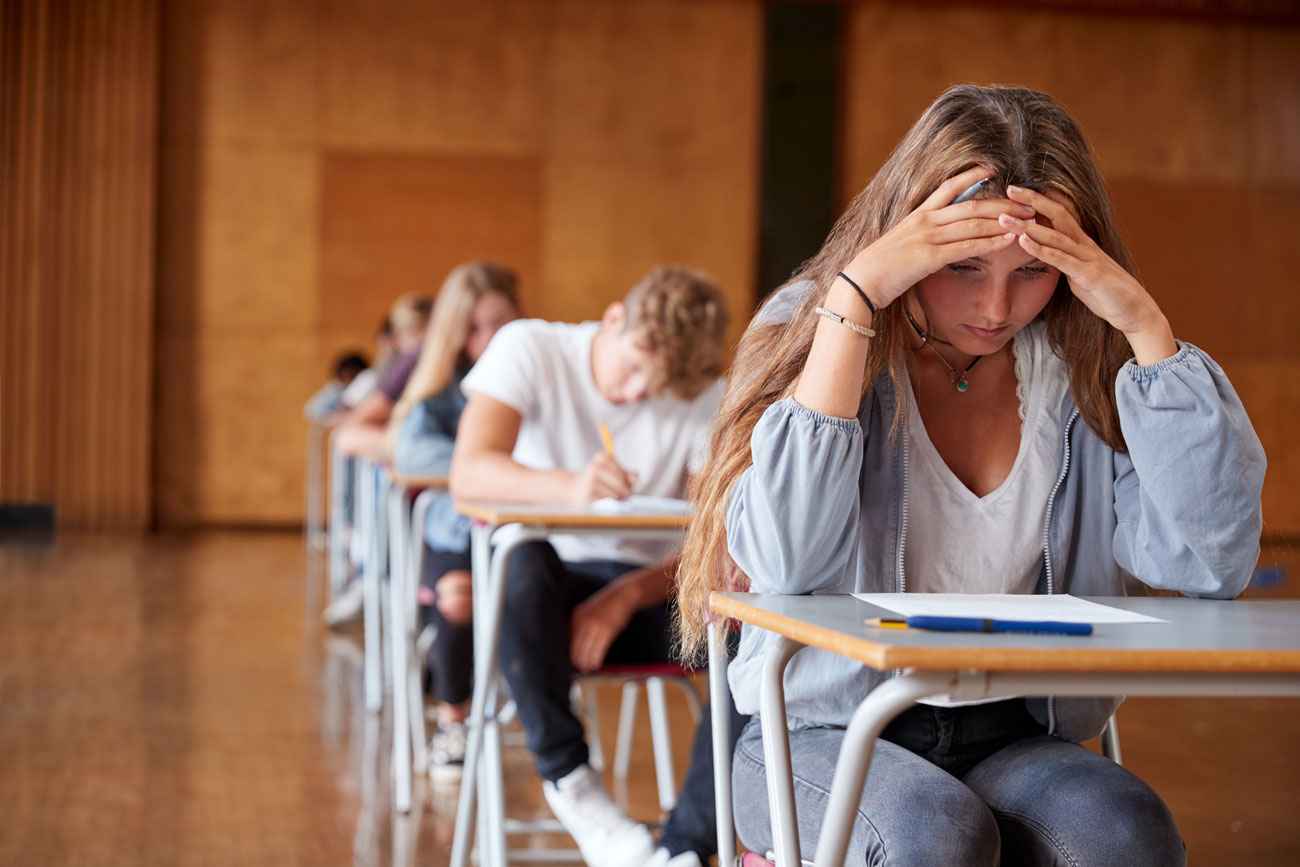
A recent RCH National Child Health Poll found that half of all Victorian children are experiencing problems with anxiety. Here the RCH shares what parents know, and offers tips to support your children.
Anxiety in children is more common than you might think. New research from the Royal Children’s Hospital (RCH) National Child Health Poll found that 50 per cent of children experience problems with anxiety – and many parents find it hard to recognise the signs of mental health problems in their children.
The survey, conducted in July and August 2022, of 1285 Victorian parents of 2161 children aged between three and 17 years found:
- Parents report 50 per cent of children aged three years and over are experiencing problems with anxiety.
- One in five children (19 per cent) are anxious about attending school or kindergarten.
- On average, parents recognise only half of the common signs and symptoms of mental health problems in children.
- Only one in three parents are confident they could distinguish between ‘normal’ worries in children and anxiety that may need professional help.
The study also found, according to parents, that girls aged three years and over were 54 per cent more likely to be experiencing a problem with anxiety than boys.
Overall, it found that almost half of primary school aged children (5–12 years) and 57 per cent of high school aged children (13–17 years) had a problem with anxiety.
What are the signs of anxiety?
Dr Anthea Rhodes, Paediatrician and Poll Director, said this study highlights anxiety is a common experience for many children, but it can be difficult for parents to recognise, and to know when they need professional help.
‘Our research shows parents may not easily recognise the signs of a mental health problem, and only one in three are confident they could distinguish between ‘normal’ worries in their child, and anxiety that might need professional help.’
‘This is understandable – anxiety can look like other health concerns or common behavioural issues, such as frequent tummy aches, avoiding school or trouble sleeping. And of course, it’s normal for a child to be worried or anxious sometimes. So it’s challenging for parents to recognise at what point anxiety becomes a problem, and might need professional support.’
There are 12 common signs and symptoms of anxiety. These are:
- Regularly avoiding everyday experiences and situations, such as school, social events, playing, sport, eating or sleeping
- Frequent physical complaints, such as tummy aches and headaches
- Sudden emotional or angry outbursts, tantrums or ‘meltdowns’
- Difficulty sleeping (trouble sleeping or sleeping more than usual)
- Seeking reassurance often
- Overplanning situations and overthinking things
- Trouble separating from a parent or carer
- Little or no progress with learning
- Little or no interest in seeing friends and/or family
- Changes in appetite
- Often worries or anxious
- Often not wanting to go to school or kindergarten.
‘When worries and fears are ongoing or excessive, and stop a child from getting on with life and enjoying everyday activities, it’s a sign of something more serious and time to think about getting some professional help,’ said Dr Rhodes.
Clinical psychologist, Dr Georgina Cox of The Royal Children’s Hospital shares her advice in the video below.
Tips for parents
If your child is showing ongoing signs of anxiety, you can support them at home in the following ways:
- Encourage your child to talk about their feelings and let you know when they get overwhelmed. It might help to explain these feelings are common – we all feel worried or scared sometimes.
- If there is a particular situation your child finds challenging, support them to gradually do the thing that makes them anxious. For example, if going to a crowded shopping centre makes them anxious, start with short trips to the local shops, building up to visiting a shopping centre in a quiet period.
- Make a practical plan together for coping with anxious feelings in the future, such as breathing techniques or reassuring phrases to focus on.
- Take time out to have fun together and take the focus off feelings of anxiety.
- Help your child to have healthy routines that include enough good-quality sleep, regular outdoor exercise, eating well and avoiding excessive screen time.
- Prioritise your child attending school. Attending and participating in school will help your child develop important skills and knowledge to help them learn, as well as building their social and emotional skills.
If you are a parent or carer with anxiety, it is important to also care for your own mental health and seek help when you need it.
Additional resources
For additional resources and assistance visit:
- The Brave Program: An interactive online program aimed at 8–12 year olds to help them overcome worries and learn coping strategies.
- Fear-Less Triple P Online Course: A toolkit to help your child manage anxiety and become more emotionally resilient.
- Cool Kids Program: An interactive online program aimed at 7–12 year olds to help them overcome anxiety and build confidence.
- The Beyond Blue Child Mental Health Checklist: A general tool to check your child’s symptoms and whether to get professional help.
- Kids Help Line: A free, confidential 24/7 online and phone counselling service for young people.
- Smiling Mind Kids Care Packages: A series of calming activities and audio recordings for children based on mindfulness meditation.
- Mental health and wellbeing toolkit: Advice to support student mental health and wellbeing, aimed at students, parents and caregivers, and schools.
- Parentline: A free phone counselling service where you can discuss parenting challenges and get support.
About the RCH National Child Health Poll
We thank the Royal Children’s Hospital National Child Health Poll for allowing us to repost these findings, which originally appeared on its site here.
The Royal Children’s Hospital (RCH) National Child Health Poll is a quarterly, national survey of Australian households shedding new light on the big issues in contemporary child and adolescent health – as told by the Australian public.
Like this post? Please share using the buttons on this page.


